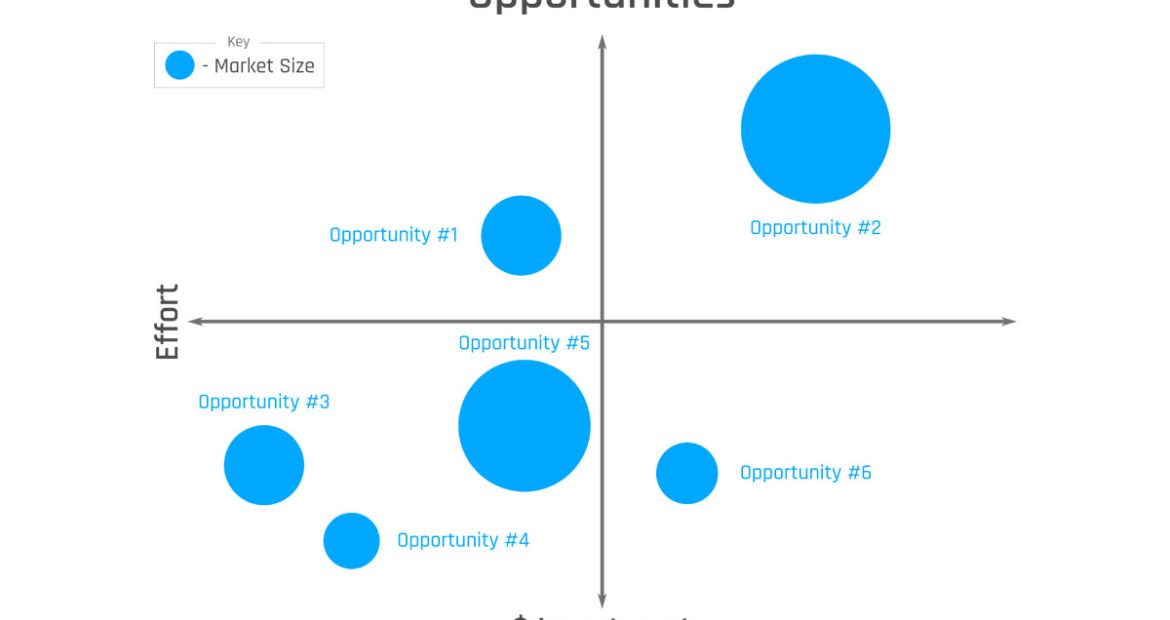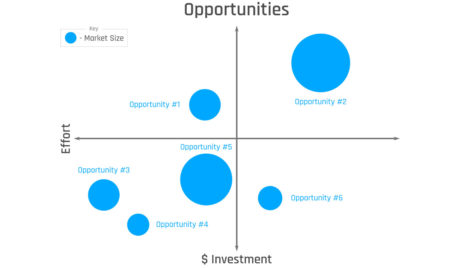Formulating A More Strategic SWOT Analysis:
You don’t have to wait until your business is bad before you give it a good SWOTing. We think identifying a SWOT analysis cycle (such as yearly, or every 6 months) is an effective way to synthesize data into an effective plan. This provides both an immediate and historical reference for your strategic positioning in the brandscape. It also identifies strategically, what strategies were of significant impact and what defining changes are on the horizon. But what is the best way to put together a comprehensive SWOT?
Strengths and Weaknesses:
We tend to group together strengths and weaknesses as they generally mirror each other. We recommend a simple 2×2 box; pitting each strength against any relevant weakness and organizing it by order of magnitude. Often, your customers and service teams are the best data source for understanding your strengths and weaknesses to their full-effect. However, your past strategic history and current industry trends should also be considered. If you’ve done your due diligence, then you already maintain a current market and competitive analysis, which should help you fill in the blanks.
Opportunities:
How many opportunities can you spout off at the top of your head? A well-positioned business at the top-end of a growing market is generally estimated at having 80 opportunities at any one-given time. We use a 4-box bubble chart to identify as many as possible. Then we rank each opportunity based on effort and capital investment required and total market size. As well, a strong strategist will trend both decisions and opportunities for relevant historical data. This is the best way to identify mistakes and missed opportunities, so that you are more prepared for next time.
Threats:
We always think of threats in terms of our competition, but sometimes threats exist in other places that are often neglected. Such treats can also exist internally, not just in the market itself. Major logistical threats that can have a heavy impact on your brand-image by limiting resources or poor-internal processes can displace customer satisfaction and retention. Other market-based risks include political, environmental, social, and technological threats. These are all important areas to analyze consistently using a threat assessment graph that identifies each threat, the likely-hood of that threat occurring and the estimated impact of each threat.


